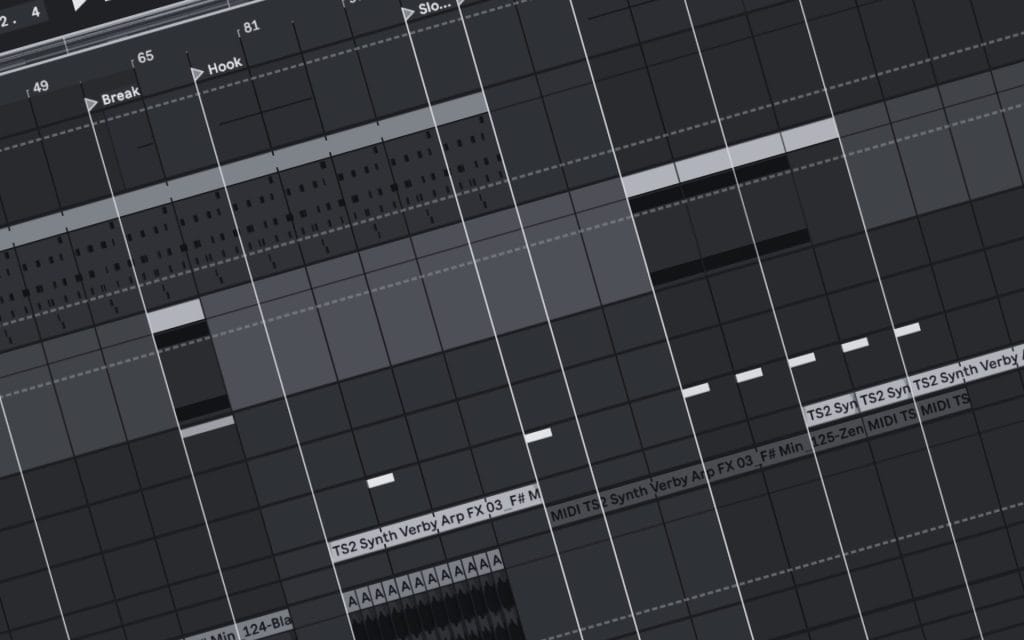Table of Contents
I’m just going to go out and say it: I hate mixing.
I know that mixing is absolutely essential in electronic dance music, but the mixdown process is seriously my least favorite part of producing. I want to spend time creating new ideas, not refining them for hours on end.
It appears that the team at STL Tones have picked up on this sentiment, and have a tool to simplify the mixing process: ControlHub.
ControlHub claims that it’s the ultimate mixing plugin. Not only are you able to create your own mixing chain in one simple plugin, but you can actually use professional mixing chains that they’ve loaded into this thing. You can also use chains that other people online have created and added to the Trace Exchange.
There’s one specific feature on here that I find fascinating: they claim that you can use the Tracer function to replicate the sound of your equipment, whether digital or analog, and can then load it up in any other project. If you process a vocal really well in a track, you can then transfer that processing chain over to any other vocal in any other of your songs.
That sounds almost utopian. Let’s see if it delivers.
A Flexible Layout
Upon initializing the plugin, you’ll be greeted with this window. It’ll actually have loaded up a simple chain already with several of the modules ready to use.
To delete a module from your chain, hit the X in the top right corner. If you want to deactivate the module but keep it in your chain, the top left button is what you want to hit.
The plugin has 10 modules, including 2 EQs, a delay, a reverb, a compressor, and a de-esser. All of these are pretty simple modules, with only a few knobs each. If you know how to use these effects on their own, you’ll be able to use them here.

You can drag any of these modules into one of your chains and order them in any direct you’d like. For example, if you want to place an EQ before and after all of the processing (except for, let’s say, a reverb) you can easily do that. It’s all just clicking and dragging things around until everything is routed the way you want.
I saw some criticism online saying that ControlHub doesn’t let you do this. I don’t know what they’re talking about – maybe they were using an older version. I quite literally could move any and all of these modules around and complete whatever kind of chain I wanted to. I actually had no complaints with flexibility, if I’m being real. Sure, being limited to 10 modules is one thing, but nothing is saying you can’t add more effects on after ControlHub if you need them.

Another nice bonus: you can use those nodes on the EQ visualizer rather than just dragging and guessing with the knobs. That’s a big win for me, as I’m a visual learner.
To the left is the preset table. There, you can save any chain you want to into your own preset folder. Find a combo that works really well on hi-hats? Save it as hihat-chain-1. It’s very easy to do. You can also select from hundreds of presets created by professional producers.
I’ll be real – these presets are awesome and probably my favorite aspect of the plugin.
There is something for every instrument here, made by professionals. Some are modeled off of analog mixing consoles, which I love. Additionally, you can enter any preset and rearrange elements as needed. They serve as awesome starting points, and I could see myself playing around with them in the future.
I originally thought those tabs on the top were clickable. They aren’t. They just give you a little information about each plugin; specifically, what each module is emulating and doing.
That’s mostly it for the layout. Now, I’d like to go further into the Tracer.
Tracer

This process was a little tricker than I thought it’d be. You have to set up the external processing on your main track, then place a specific “tracer” audio file in, render out that audio file, and then load it into ControlHub. Once that’s done, you can tweak the module parameters like the plugin says.
So, I put this to the test. I slapped my traditional processing chain on a random Splice vocal, and then traced it. Here they are being played side to side:
Considering the amount of third party plugins I use in my traditional vocal chain, this thing got really, really close. Would I use example 2 over example 1? Not likely. I think some audio quality was lost in the second example, even though they use the same raw file. But, overall, it’s impressive how close this gets.

You can also find free traces online from other ControlHub users. I think this is really cool: now, you can use other people’s mixing chains whenever you want, even if a little bit of audio quality is lost.
That’s pretty much it for ControlHub. It’s fairly simple to use and packs a punch for sure. Here are the pros and cons of adding this plugin to your arsenal.
Pros & Cons:
Pros:
It’s a highly flexible mixing console.
Whoever out there said that this is just a preset-spammer and not a flexible mixing console straight up lied. It’s easy to add, remove, and move modules, and customize any preset to your own preferences. I’m here to dispel the “not flexible” rumors: this thing can do whatever you want it to, within its limits.
There are so many presets!
This is a great thing. More presets means more starting points which means more creativity. More presets also means quicker production. You’re also able to add the character of analog consoles to this plugin, and with analog mixing consoles lowering in popularity, this is about the closest you can get to mixing in analog in the digital age. (Note – you can get all of these presets with the subscription model!)
Cons:
I was a little disappointed by the Tracer.
While it’s great that you can essentially replicate your mixing techniques in the plugin (and it has a decent success rate), the loss in audio quality is something I won’t overlook. Maybe it’s a me issue, but I am really particular about how my music sounds. Even if it takes a little more time, I’d rather get it right than get it quick and lose a bit of audio quality.
It’s not cheap.
ControlHub operates on a subscription model, where the monthly rate is $15 USD and the yearly rate (as of right now) is $144 USD – $12 per month. I’d consider that to be a little on the expensive side. You can also buy it outright for $249 USD, but you won’t get all the presets and expansion packs with that. I’d recommend the subscription model.
To be fair, you’re able to use a ton of presets made my professional producers which all sound excellent, and the Trace Exchange allows you to discover more and more traces from other people (while I’m particular about how my processing sounds, I would be interested in trying some of these external traces). You can very much get your money’s worth with the amount you can do with ControlHub. I appreciate them offering a 10-day free trial, though. That way, you can give it a try, and decide what to do after 10 days.
Conclusion: Should you get it?
At the very least, I’d give a try. There’s so much to discover here, and you’re bound to find something that works for your workflow. With the amount of flexibility in ControlHub and the sheer amount of resources available, it’d be pretty hard not to.
Get ControlHub here.
The post STL Tones ControlHub Review: Does This All-In-One Mixer Deliver? appeared first on Magnetic Magazine.






